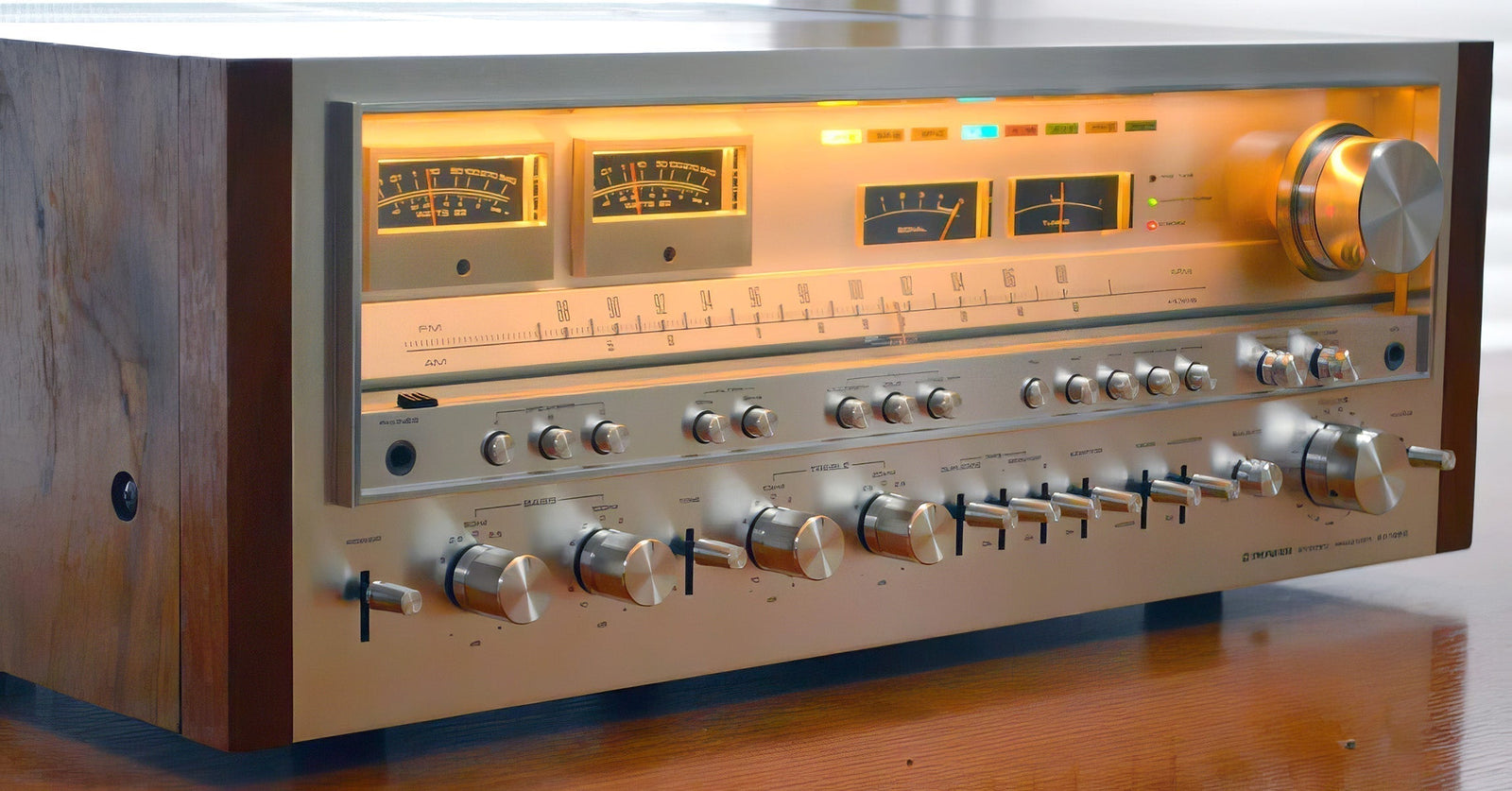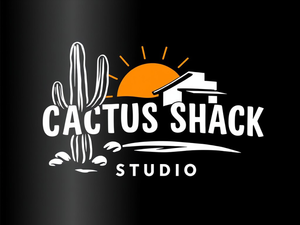Pioneer SX-1980: The King of Stereo Receivers

The King of Receivers
When Pioneer unveiled the SX-1980 in 1978, it wasn’t just releasing another hi-fi component — it was making a statement. With a staggering 270 watts per channel into 8 ohms, this monster receiver instantly became the crown jewel of the Receiver Wars.
Built for Power and Presence
Weighing nearly 80 pounds, the SX-1980 was a giant in every sense. Its brushed aluminum faceplate, glowing amber meters, and solid walnut veneer cabinet made it both a technical marvel and a living-room centerpiece.
The Sound of Excess
The SX-1980 wasn’t just about power; it delivered rich, clean, and dynamic sound that could drive almost any speaker of its day. It was designed at a time when companies measured success by sheer wattage — and Pioneer came out on top.
Collector’s Note
-
Original MSRP: $1,295 (≈ $5,800 today)
-
Current Value: $4,000–$6,000 depending on condition and restoration
-
Fun Fact: The SX-1980 is still considered one of the most powerful consumer receivers ever mass-produced.
What to Look for When Buying a Pioneer SX-1980
Because the SX-1980 is one of the most powerful receivers of all time, most units on the market today will need some degree of service. When evaluating a potential purchase, look for:
-
Power Supply Health: The SX-1980 is known for regulator board failures. Ask if it’s been serviced or rebuilt.
-
Condition of Meters & Lamps: Amber lighting is iconic — replacements are available, but originality adds value.
-
Cabinet Finish: Walnut veneer in good condition can significantly boost collector appeal.
-
Recapping & Upgrades: Units that have been recapped by a reputable technician will command a premium but save you repair headaches later.
Size & Weight
-
Width: 22.6 in (574 mm)
-
Height: 7.25 in (184 mm)
-
Depth: 20.5 in (520 mm)
-
Weight: 78.2 lbs (35.5 kg)
Tip: For protection and airflow, choose a dust cover with minimum internal clearance of 24″ × 21″ × 8″. Use a heavy-duty rack or shelf rated for 100+ lbs.
Where to Find a Pioneer SX-1980 Today
The SX-1980 is rare and often expensive. Current sources include:
-
eBay – Widest selection; look for sellers with strong feedback and detailed restoration notes.
-
HiFiShark – Aggregates listings from multiple marketplaces.
-
Specialty Forums – Audiokarma and Tapeheads often have private sales with better documentation.
-
Vintage Audio Shops – Some dedicated restorers list serviced units at premium prices ($5K+).
Essential Accessories & Parts
Even if you manage to score a fully restored SX-1980, you’ll want accessories to keep it running smoothly and looking its best.
-
Contact Cleaner (DeoxIT D5) — For scratchy knobs and switches.
-
Receiver Dust Cover — Protects from dust while showing off that front panel (this cover is a tad tight for the SX-180, but it's a great price and search starting point if you want a cover that's off the shelf).
-
Practical Tips
-
Anti-Static Material: Prevents dust from clinging and minimizes static discharge.
-
Breathable / Ventilated: Avoid heavy vinyl covers that trap heat; go with nylon or fabric.
-
Custom Fit: For high-end units like the SX-1980, some sellers offer receiver-specific covers on Amazon/Etsy (search “Pioneer SX-1980 dust cover”).
-
One-Size Covers: If going with a universal dust cover, always size up rather than snug.
-
-
-
High-Current Power Conditioner / Surge Protector — Protects vintage gear from voltage spikes.
-
Audio Rack with Ventilation — The SX-1980 runs hot; airflow is critical.
- A robust and ventilated rack is essential for heavy, high-wattage receivers like the SX-1980. The Sound Town STRK-M12U (12U) offers steel build quality and vented side panels—ideal for airflow and stability.
Why It Still Matters
More than 40 years later, the SX-1980 continues to set the benchmark for what a “monster receiver” should be. It’s a symbol of craftsmanship, excess, and an era when hi-fi was about more than music — it was about pride of ownership.
Coming Next: Marantz 2270 — The Blue Glow That Defined a Decade
Previous Post: The Receiver Wars Begin
Hi-Fi Engraving Spotlight: Pioneer SX-1980
Celebrate the King of Receivers with our Hi-Fi Inspired engravings. Get the Pioneer SX-1980 design on tumblers, coasters, and keepsake boxes — gifts built for true audiophiles.



Leave a comment